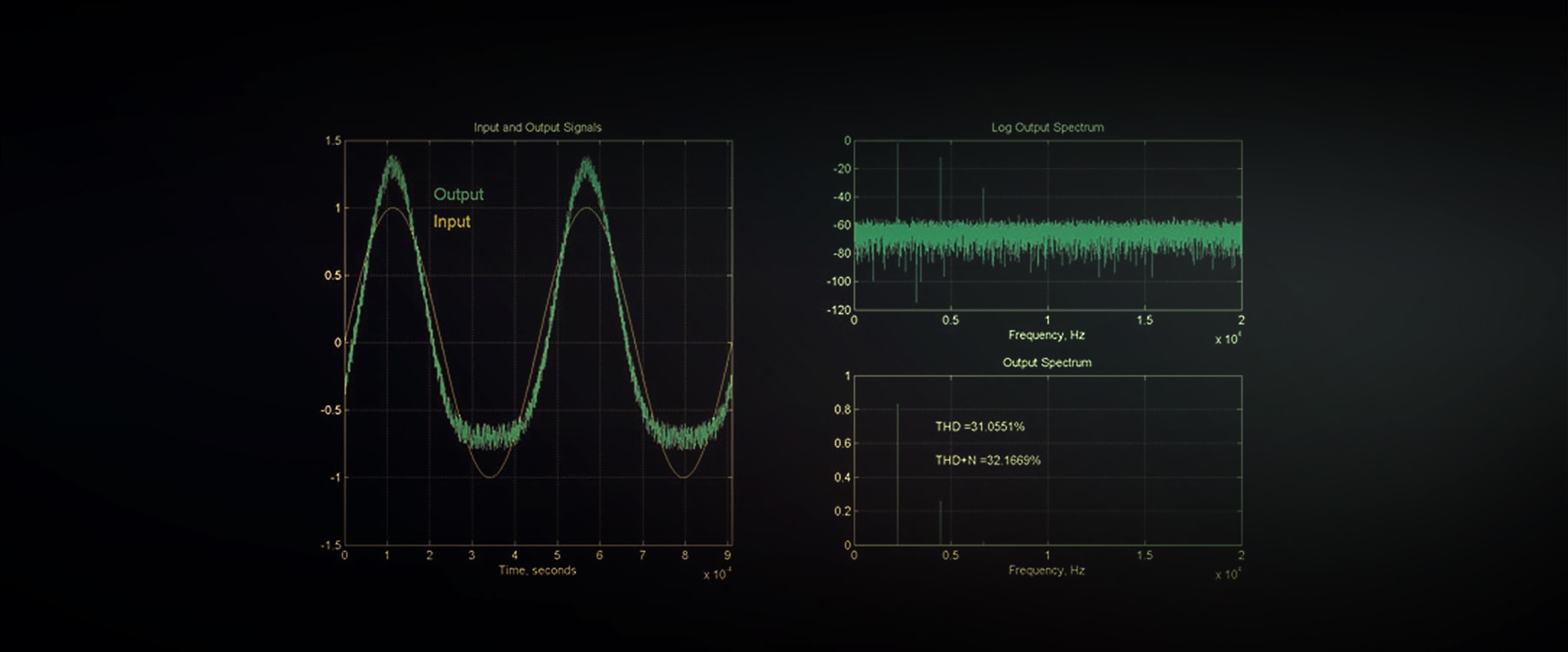There are several ways to reduce total harmonic distortion from a generator. One way is to use active filters, which are devices that insert impedance into the circuit to attenuate the harmonics. Another way is to use passive filters, which are devices that block or filter out the harmonics without introducing any new impedance into the circuit.
Finally, you can also use a combination of both active and passive filters.
- One way to reduce total harmonic distortion from a generator is to add filtering at the generator output
- Active filters are the most effective type of filter for this purpose
- Another way to reduce total harmonic distortion is to install larger, more efficient generators

Credit: www.youtube.com
How Do You Reduce Harmonics in a Generator?
Harmonics in a generator can be reduced by using a filter. A filter is an electrical device that helps to smooth out the waveform of an alternating current (AC). By reducing the harmonics, the overall efficiency of the generator increases.
How Do You Fix Total Harmonic Distortion?
Total harmonic distortion (THD) is a measure of the quality of an electrical or electronic signal. It is defined as the ratio of the sum of the squares of the harmonics to the square of the fundamental frequency. The higher the THD, the poorer the quality of the signal.
There are several ways to fix THD:
1. Remove any sources of distortion: This can be done by eliminating any devices that introduce distortion into the signal path, such as faulty amplifiers or preamplifiers.
2. Use filters: Filters can be used to remove harmonics from an electrical or electronic signal.
Active filters are more effective than passive filters at removing high-frequency harmonics.
3. Reduce load impedance: Impedance mismatch between an amplifier and its load can cause distortion. Reducingload impedance will improve amplifier performance and reduce THD.
How Much Thd is Acceptable in a Generator?
There is no definitive answer to this question as it depends on the application for which the generator is being used. Some applications, such as audio equipment, require very low levels of THD in order to produce high-quality sound, while other applications, such as power generation, can tolerate higher levels of THD. In general, however, most generators should aim for a THD level of 5% or less.
What Causes Harmonic Distortion in a Generator?
Harmonic distortion is caused by the nonlinearity of a generator’s transfer function. This means that the output voltage of the generator is not proportional to the input voltage. The result is that the waveform of the output voltage is distorted.
The cause of this nonlinearity can be many things, including:
* The physical design of the generator
* The type of materials used in the generator
* Manufacturing tolerances
Generator Total Harmonic Distortion (THD) – Tested
How to Measure Thd on a Generator
In order to measure the total harmonic distortion on a generator, first connect the generator to an AC power source. Then, use a THD meter to measure the voltage at the generator’s output terminals. The THD meter will display a percentage value that represents the amount of distortion present in the generator’s output waveform.
Generac Total Harmonic Distortion
As the demand for cleaner, more efficient energy grows, so does the need for products that can deliver it. Generac Total Harmonic Distortion (THD) is one such product. THD is a measure of the distortion of an alternating current waveform and is typically expressed as a percentage.
The lower the THD, the purer the waveform. Generac’s THD ratings are among the lowest in the industry, meaning our generators produce some of the cleanest energy available. This is important not only for ensuring optimal generator performance, but also for reducing stress on sensitive electronic equipment like computers and TVs that can be damaged by power surges with high THD levels.
Generator Harmonic Filter
A generator harmonic filter is a device that is used to mitigate the effects of harmonics on power systems. Harmonics are created when non-linear loads are powered by a system, and they can cause problems like increased power loss, equipment damage, and system instability. A generator harmonic filter works by absorbing theharmonics and then releasing them back into the system at a different phase angle, which cancels out the harmful effects.
Generator Thd
If you’re a homeowner, business owner, or contractor, chances are you’ve heard of generator THD. But what is it? And why is it so important?
THD stands for Total Harmonic Distortion. It’s a measure of the distortion of the waveform of an alternating current (AC). In other words, it’s a measure of how “clean” the power coming from your generator is.
Why is this important? Because distorted power can damage sensitive electronic equipment. That’s why businesses and homeowners with backup generators typically choose ones with low THD ratings.
The lower the THD, the less chance there is of damaging electronics.
There are two types of harmonic distortion: odd and even. Odd-harmonic distortion occurs when the waveform is distorted in such a way that odd-numbered harmonics are generated.
Even-harmonic distortion occurs when even-numbered harmonics are generated. In general, odd-harmonic distortion is more damaging to electronics than even-harmonic distortion.
Fortunately, most generators on the market today have low THD ratings.
But if you’re looking for an ultra-quiet generator with extremely low THD, look no further than Honda generators .
Conclusion
There are many ways to reduce total harmonic distortion from generators, but the most effective method is to use an active filter. Active filters are much more effective than passive filters at reducing harmonic distortion, and they are also easier to design and implement. If you are looking for a way to reduce total harmonic distortion from your generator, an active filter is the best option.



